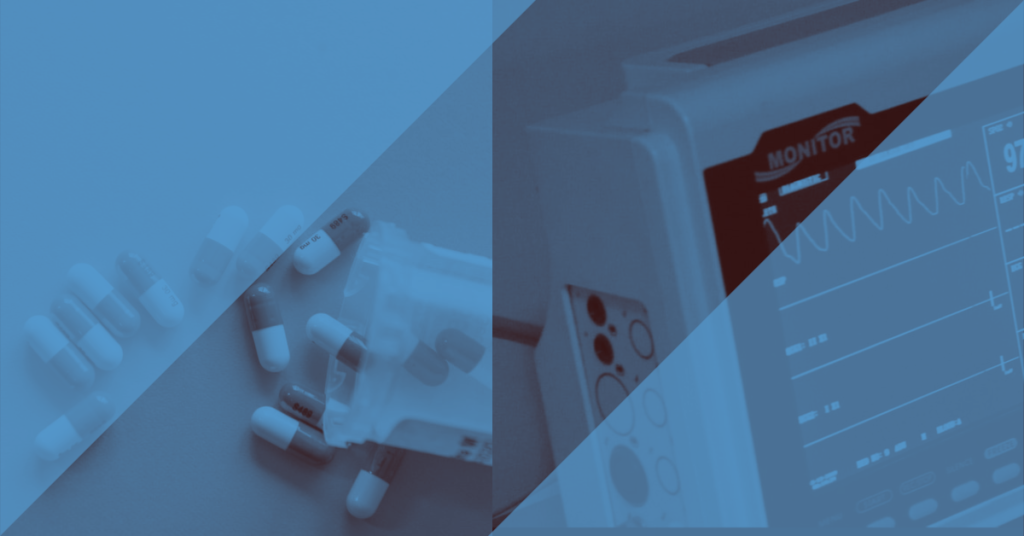When it comes to healthcare claims analysis, combining both medical and pharmacy claims data provides a more thorough picture of what is happening for specific members (or dependents) and adds an additional analytical layer to help find different types of fraud, waste or abuse that might exist.
A case study from SmartLight Analytics provides an example of how the combined data can uncover abuse. The case uncovered prior authorization abuse in pharmacy claims resulting in thousands of dollars of on-going fraud.
SmartLight analysts noticed a set of pharmacy claims for one member with several red flags: the member was receiving multiple controlled substances and using multiple pharmacies (at least three) to fill and repeatedly refill prescriptions for Oxycodone and Fentanyl. The Fentanyl prescription was for Subsys, which is a spray specifically approved for breakthrough pain in cancer patients. Dr. Franklin Baumann, SmartLight Analytics CMO and co-founder, called this a “very specific drug used in very specific cases.”
The analysis found that for over a year, every single month the member was receiving a prescription for Subsys at the cost of $10,907 per month. The employer’s plan was continuing to pay for this large claim. It was verified that the employer’s plan allowed this drug with a prior authorization only in cases where an employee has cancer. Once SmartLight’s statistical team noticed these pharmacy claims, they turned their research over to the clinical team (including board certified physicians) to compare these findings with the member’s medical data.
“We know there are very strong policies around this particular Fentanyl. It is only used for cancer and, specifically for cancer related breakthrough pain. In this case, it received prior authorization which means the prescribing physician indicated that in the records.”
Having looked at the bigger picture of this member’s medical and pharmacy claims data, there was no indication of any kind of cancer diagnosis.
The clinical team performed detailed historical research on all diagnosis and procedure codes submitted for this member and found “very clearly” that there was no indication of current cancer, current treatment for cancer and probably no prior treatment for cancer.
“We can say that with some confidence because of the way medical codes work.” Dr. Baumann explained. “Generally, when you have a serious cancer and residual effects of cancer, it’s going to get carried along in your medical diagnosis codes.”
SmartLight then brought its findings to the insurance carrier. “The way we bring this up with the carrier (who paid the claims) is that we don’t see it on our end (a cancer diagnosis). Based on everything we saw, it’s not there. When they looked at it, they agreed with us.”
Dr. Baumann said the repeated claims had fallen through the cracks after a prior authorization was issued initially. SmartLight partnered with the carrier to stop the payment on these claims and continues to monitor the case for the employer.



